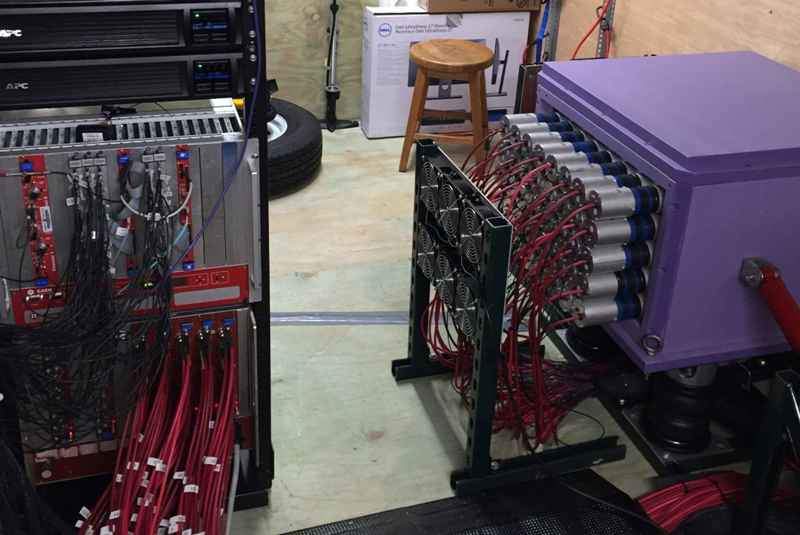

A team of researchers at Virginia Tech College of Science in the US is developing a high-tech box that can detect neutrinos produced by reactors.
The machine could eventually help the United Nations (UN) track nuclear activities of 'rogue states'.
Developed at Dominion Power’s North Anna Nuclear Generating Station in Virginia, the box is filled with luminescent plastic cubes that detect subatomic particles to track plutonium produced in a reactor core.
Plutonium is the main ingredient in nuclear weapons. UN regulators seek to track the amount of this material being used by countries that are part of the Nuclear Non-proliferation Treaty.
If the box is successful, regulators will be able to eliminate dependency on paperwork or inspection visits.
Virginia Tech Centre for Neutrino Physics director Jonathan Link said: “If they want a nuclear reactor, we can let them build it and detect its activity with a minimal impact on its operations.”

US Tariffs are shifting - will you react or anticipate?
Don’t let policy changes catch you off guard. Stay proactive with real-time data and expert analysis.
By GlobalDataA prototype known as MiniCHANDLER has been developed by Virginia Tech’s Centre for Neutrino Physics under a project called Chandler.
It is currently situated at North Anna’s reactor two inside a small trailer called the Mobile Neutrino Lab. This contains a rack full of processors, cooled by two air-conditioning units.
The trailer is set to stay at North Anna for several months, and has already started collecting data.
As part of the project, researchers are searching for a specific neutrino known as a sterile neutrino. Although several experiments have identified weak traces of a sterile neutrino, many other experiments turned out to be inconclusive.
Link said: “If a sterile neutrino exists and were to be discovered by us, that would be a paradigm-shifting discovery in particle physics whose impact cannot be overstated.”
Several small-scale experiments are gathering data to address the mystery of sterile neutrinos.
Link added: “The CHANDLER detector represents a significant improvement in the state-of-the-art, and if the funding comes through we may still have a chance to compete for a discovery."
Image: Inside this neutrino detector, there are dozens of luminescent plastic cubes stacked atop one another that together can detect subatomic particles known as neutrinos produced by a reactor. Photo: courtsey of Virginia Polytechnic Institute and State University.



